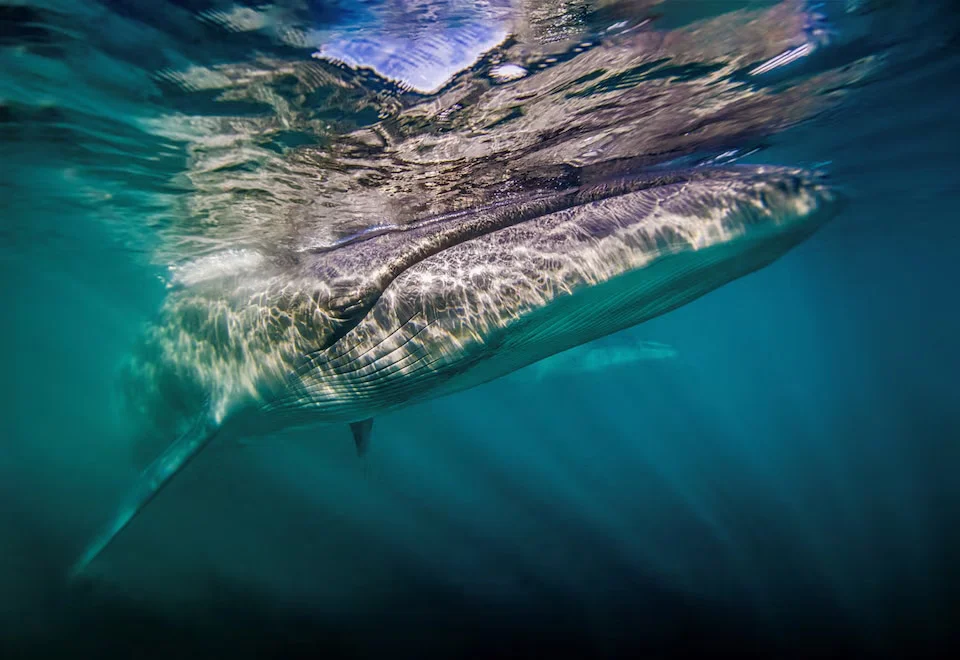
A whale makes a comeback off Argentina's coast 100 years after vanishing | Travel News
In Buenos Aires, on May 10th, it was reported that the once nearly extinct giant blue-grey sei whales along Argentina's Patagonian coast are experiencing a resurgence. This recovery illustrates how species can rebound when protective measures are implemented. In the 1920s and 1930s, extensive whaling caused a sharp decline in whale populations, including the sei whales. However, over the past five decades, global bans on commercial whaling have contributed to the revival of sei whale populations.
Mariano Coscarella, a biologist and researcher at Argentina's CONICET, explained that sei whales disappeared from the area due to hunting but did not become extinct. Instead, their numbers dwindled so drastically that they were rarely spotted. It has taken many years for their populations to recover sufficiently for sightings to occur again, with noticeable sightings only resuming in recent times.
According to Coscarella, the recovery process has been slow, spanning over 80 years, as sei whales reproduce every two to three years. It has taken nearly a century for their numbers to reach a level where their presence is evident once more.
Recently, a team of researchers fitted some sei whales with satellite trackers to monitor their migration patterns, thanks to funding from the National Geographic's Pristine Seas project. Using various methods such as boats, drones, and underwater cameras, they documented the whales' activities.
Coscarella hailed the recovery of sei whales as a success in global conservation efforts, emphasizing the importance of the moratorium on whaling. He cautioned against countries withdrawing from this agreement, as it could threaten the ongoing recovery of sei whale populations. Despite being hunted to near extinction, sei whales are now returning to the same areas they inhabited before the era of widespread hunting.
